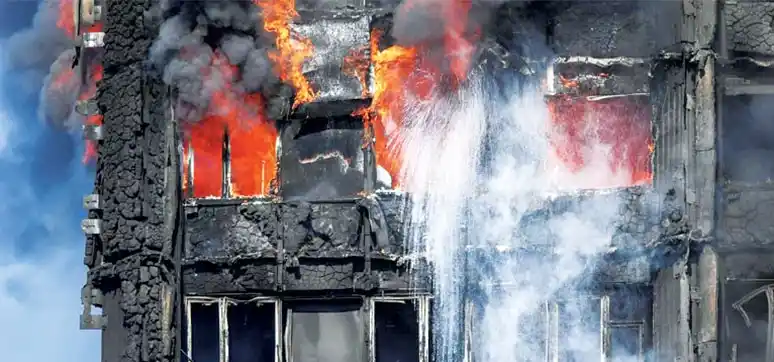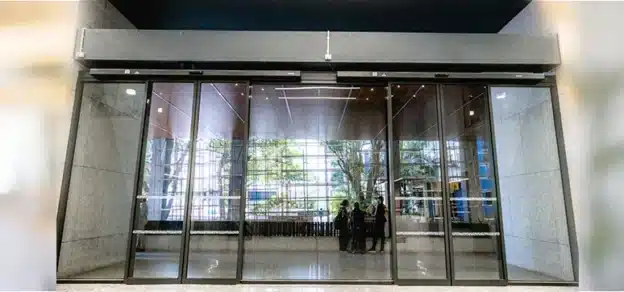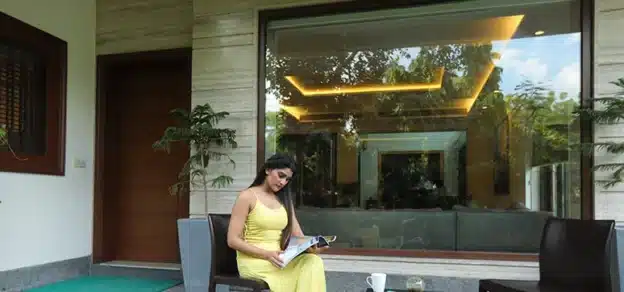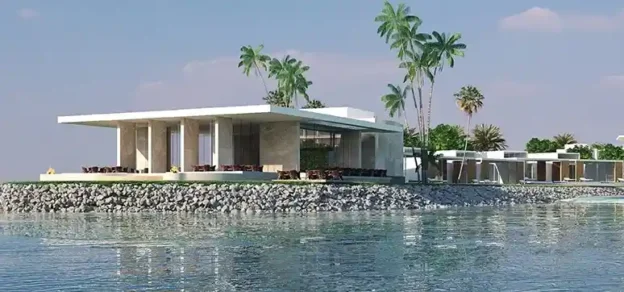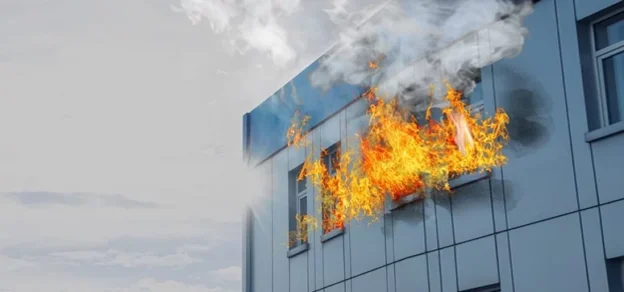The use of glass and aluminium for the exterior walls of building structures has become a popular trend in the construction industry, irrespective of whether it is a high-rise or a low-rise building. Aesthetic appeal, energy efficiency, transparency, ease of maintenance and time-saving installation have been placed on an upper pedestal than fire safety. Various incidents of fire have proven time and again that building façade and fenestration material is the most vulnerable component in case of fire and promotes fire spread.
- Diamond Square, Kalina, Santacruz (Mumbai) – 8th April 2011 – Commercial building.
- First Information Financial Centre (FIFC), BKC, Mumbai – 8th September 2012 – Commercial building.
- Lotus Business Park, Mumbai – 18th July 2014 – Commercial building.
- Grenfell Tower, UK – 14th June 2017 – Residential building.

The Most Common Causes of Building Fires are:

• Faulty or malfunction of cooking equipment, overheating of cookware,a spark from the microwave oven, barbeques, burning charcoal • Heating equipment
• Electrical & lighting equipment – inappropriate/defective/faulty/ frayed wiring or cord, overloaded switchboard, extension box without Residual Current Circuit Breaker, lampshades and lighting fixtures near light globes, electrical short-circuits, HVAC equipment malfunction, use of cheap substandard materials, overheating of electrical appliances
• Smoking in bedrooms, careless disposal of lighted cigarettes butts, coming in contact with flammable/ combustible material
• Curious children and lack of supervision
• Arson or Intentional fires
• Human errors.
Fire Spread
Fire spreads by one or a combination of the following: conduction, convection, radiation, chimney effect and leapfrog effect.
The reaction of Material Used in Facade or Fenestrations to Fire
The material used is combustible/ flammable, it will help in the spread of fire or could help propagate it from one part to the entire structure in a very short span of time. If the composition of the material used generates toxic fumes there may be more casualties in case of fire than by fire itself directly. Falling debris from the façade or fenestration material in case of fire can also lead to added casualties unnecessarily.

Difficulties Faced by Firefighters
Approaching the affected building and external fire-fighting becomes impossible if there is falling debris and no openable windows are provided or marked from both sides for safe and easy access for attacking the fire and for the rescue of occupants. When there is a fire incident, and the question of life and death stares right back into the face, construction material providing not just resistance but exceptional resistance to flames, heat and smoke, plays a very significant role in life safety and building fire safety.
Fire-Resistant Building Materials
• Concrete is the most effective building material as it slows down flames due to its heat-resistant and non-combustible nature
• Bricks are highly resistant to fire and depending on the thickness of walls, the required fire-resistance rating can be achieved
• Gypsum boards, when used in multiple layers, increase their fire resistance rating
• Dual panel glass and tempered glass are strong and fire-resistant too
• Aluminium Composite Materials with a non-combustible core sandwiched between make the cladding fire safe
Guidelines, Norms and Standards
After multiple instances of fires leading to multiple casualties in buildings having sub-standard façades and fenestrations, Mumbai Fire Brigade drafted and circulated guidelines to prevent further loss of life and damage to property. The National Building Code of India took cognizance of the hazards of façades and fenestrations and the safety measures required and included them in the 2016 version
• Use of tempered glass for façade and fenestrations
• Fire sprinklers within 600 mm of the glass façade
• Openable windows of 1-meter by 1-meter dimension, 1.2 to 1.5 meters from the floor, at 10-meter horizontal spacing for each floor. Manual opening mechanism and identification marking “FIRE OPENABLE PANEL, OPEN IN CASE OF FIRE, DO NOT OBSTRUCT” from inside as well as outside
• All gaps between the floor and façade shall be sealed at all levels by fire-resistant material to prevent the spread of smoke and fire propagation from one floor to another

An intumescent interlayer is used to seal gaps around penetrations and window frames. This restricts fire spread across the assembly and can have a one to four hour fire-resistance rating. Mineral wool insulation resists even fully developed fire better than any other material. Fire-stopping acts like a physical barrier and prevents the spread of flames, deadly gases and toxic smoke through any openings in a building. This ensures that fire will not travel upwards to the upper floors of a building through the gaps between the façades and the floor slabs.

In their genuine efforts to achieve green and sustainable building certifications architects and builders should not compromise on fire safety and should use prescribed materials complying with fire safety norms and offering high performance. The testing of materials prior to construction helps a lot to achieve a fire-safe design of the building. Resistance to fire can be validated using one or more large-scale fire propagation tests of the mock-up of a cladding system like the NFPA 285 or the BS 8414.
Fire Safety Audits at regular intervals help to ensure the measures taken are still in place and applicable to any additions/ alterations carried out from time to time. The provision of openable windows helps in smoke ventilation. Integration of openable windows with the fire alarm system for automatic smoke ventilation should also be considered.
Few of the codes to be followed while designing fire-safe façade and fenestrations,
- National Building Code 2016
- NFPA 101
- NFPA 5000
Due consideration and precautions should be taken during the stage of designing and installation of fireproof or fire-resistant façades and fenestrations:
Façade and fenestration materials:
• Should be non-combustible/non-flammable in nature
• Should in no case hamper or obstruct the rescue and firefighting operations in the event of a fire incident
• Should not emanate toxic gases in case of a fire incident
• Should not cause any casualties resulting due to falling of burning debris of the façades and fenestrations of the building in the event of a fire incident
To conclude, another factor that is overlooked many a time is the competency of installation contractors/vendors Even after having the best fire-resistant material the factor which affects the integrity of the façade and fenestration is the selection of a contractor/vendor who is competent in proper installation and quality workmanship. The vendor should have employees/labourers who are trained in proper installation.
